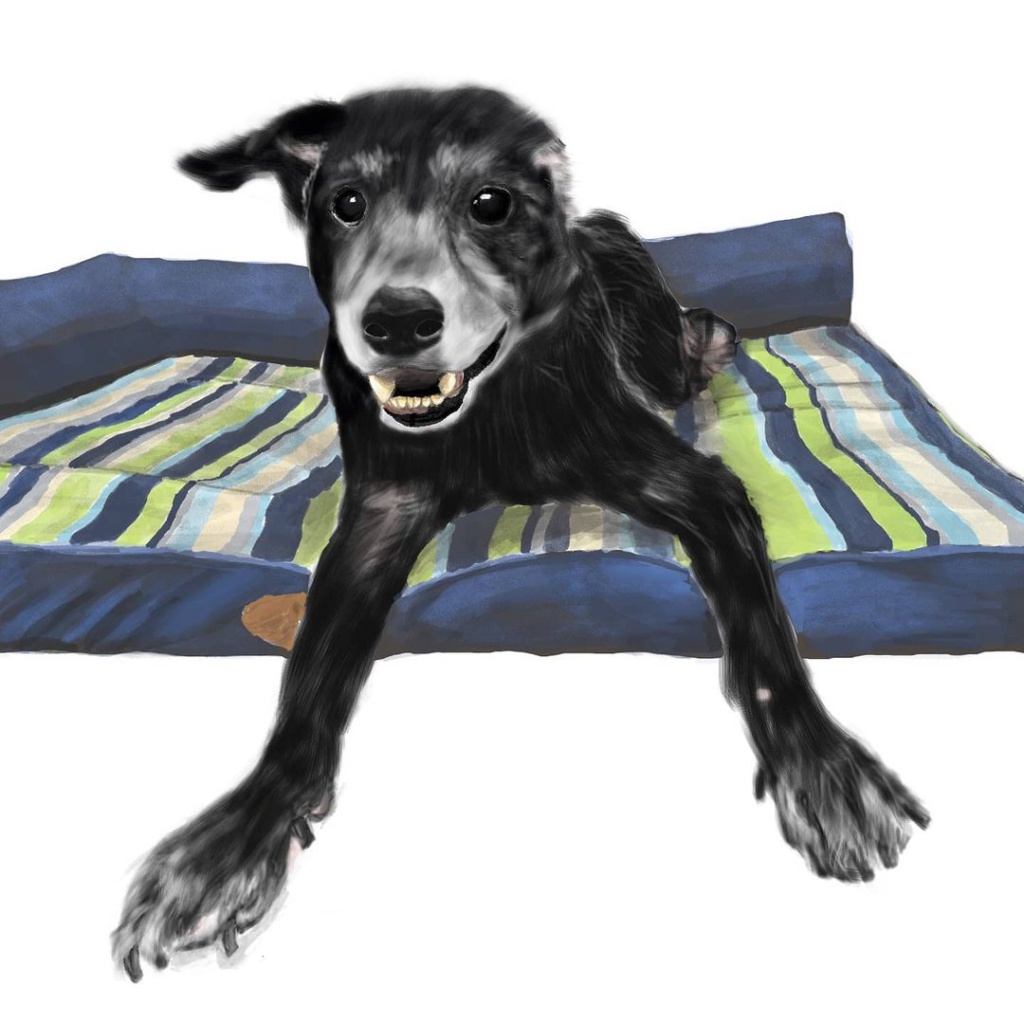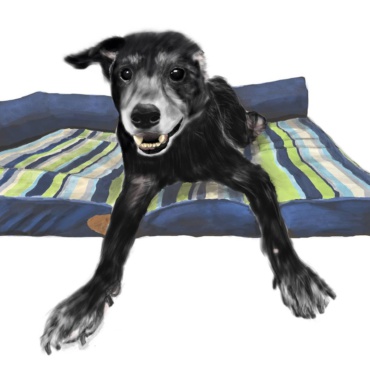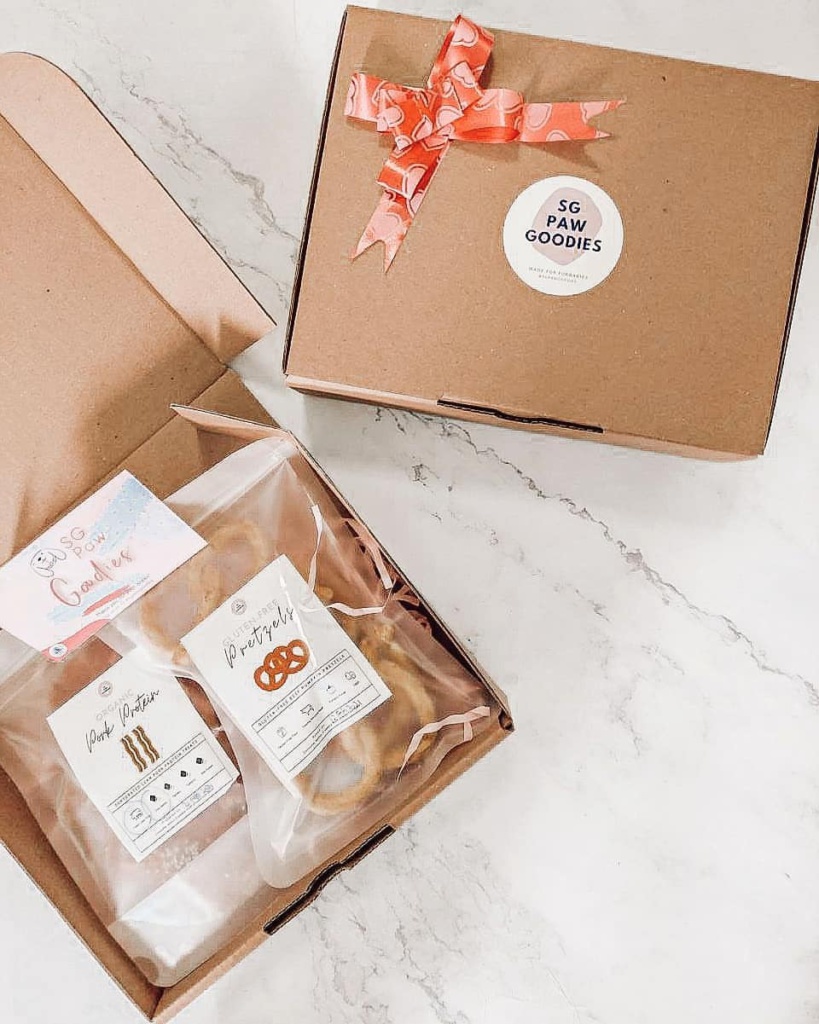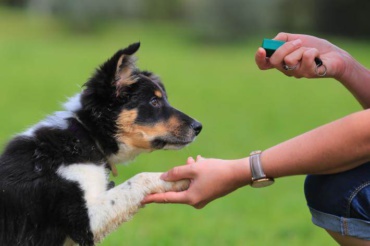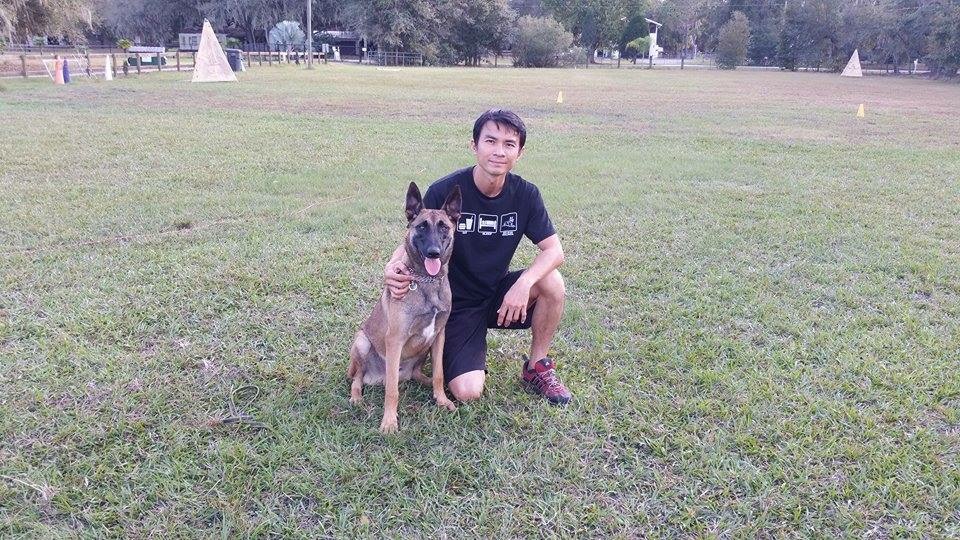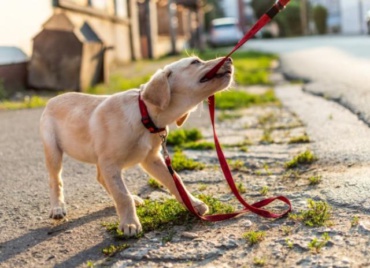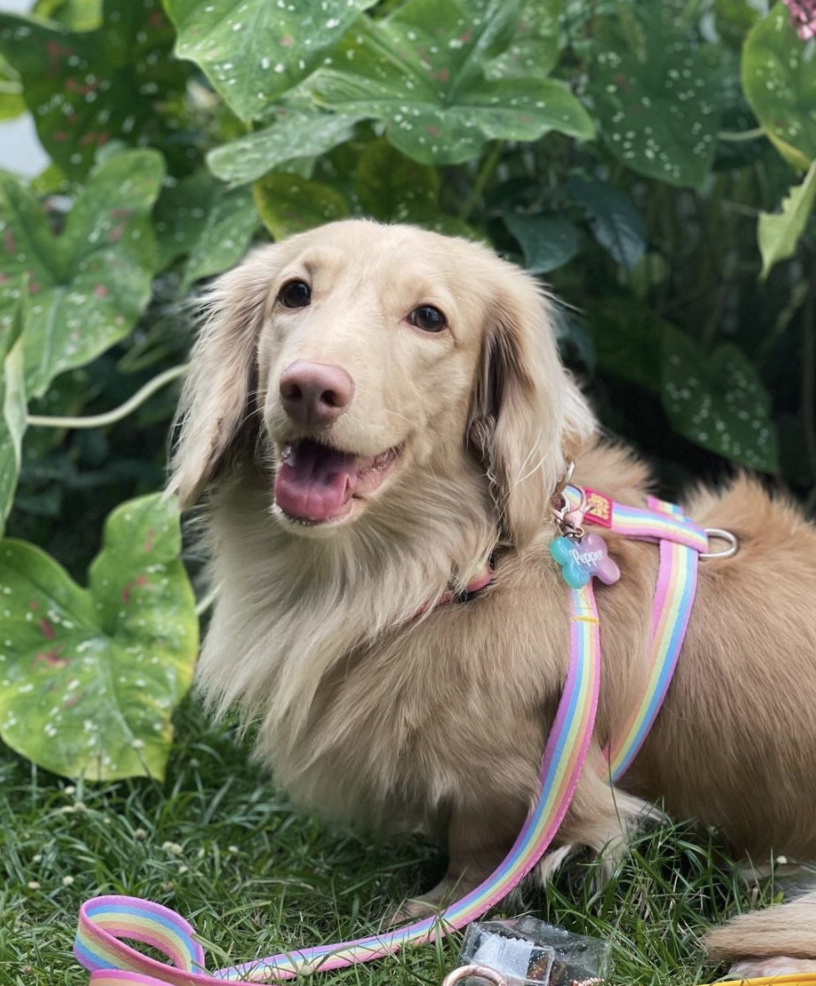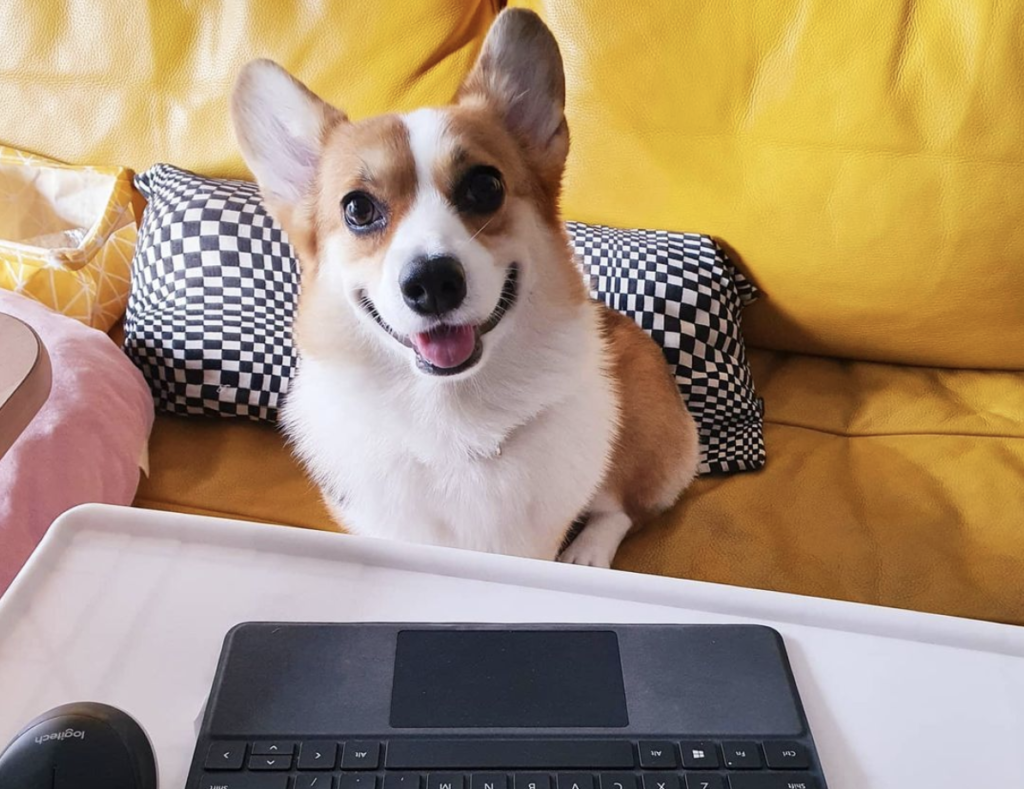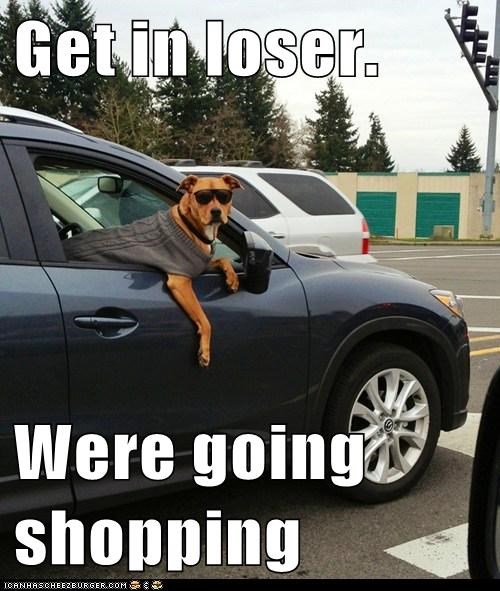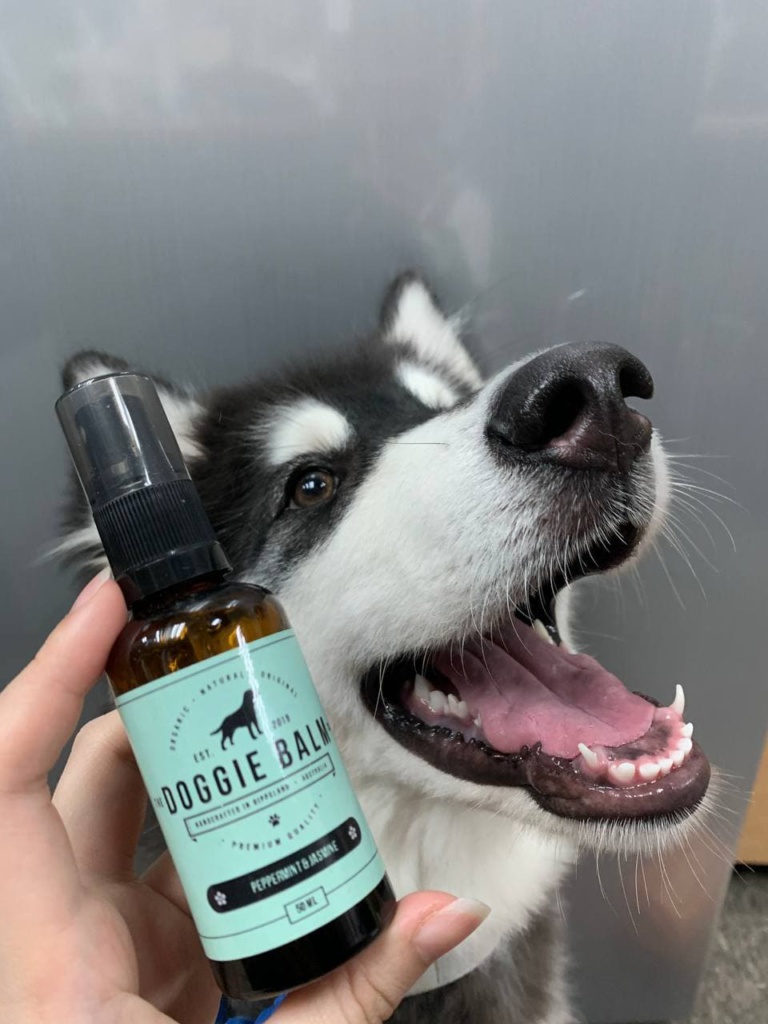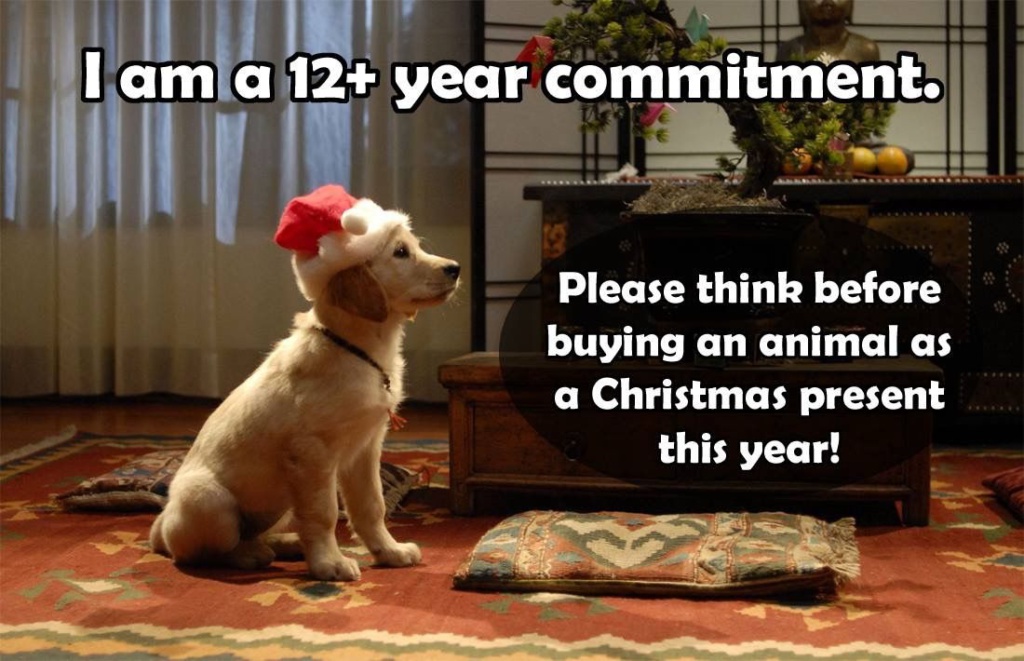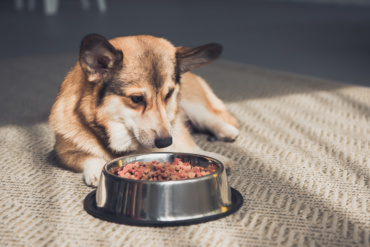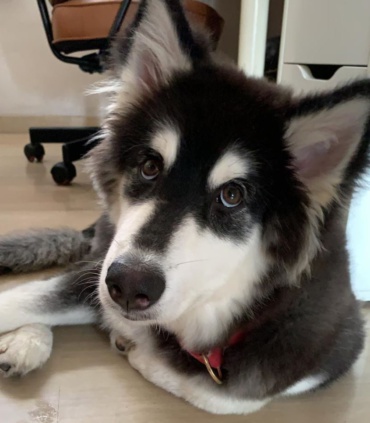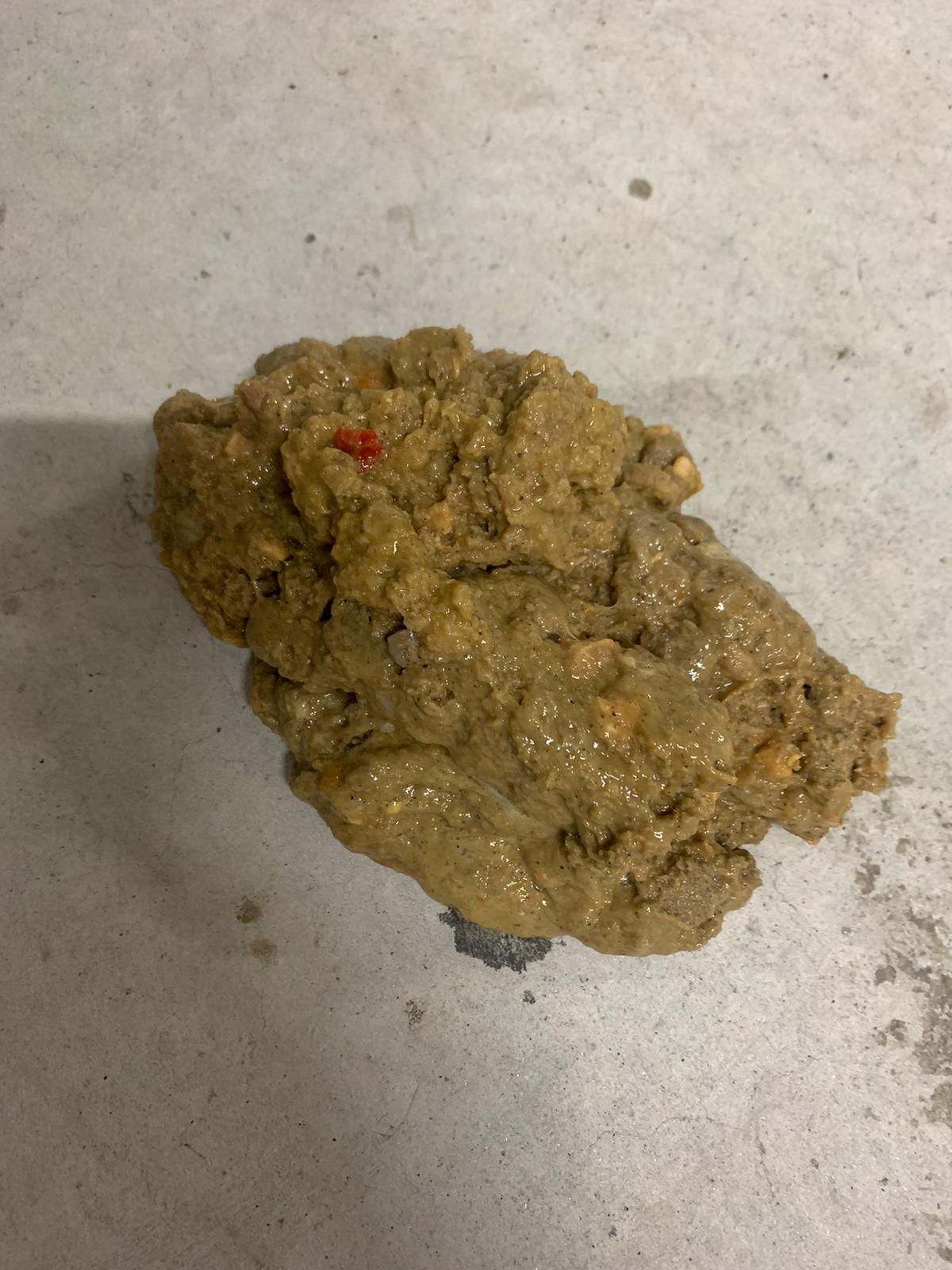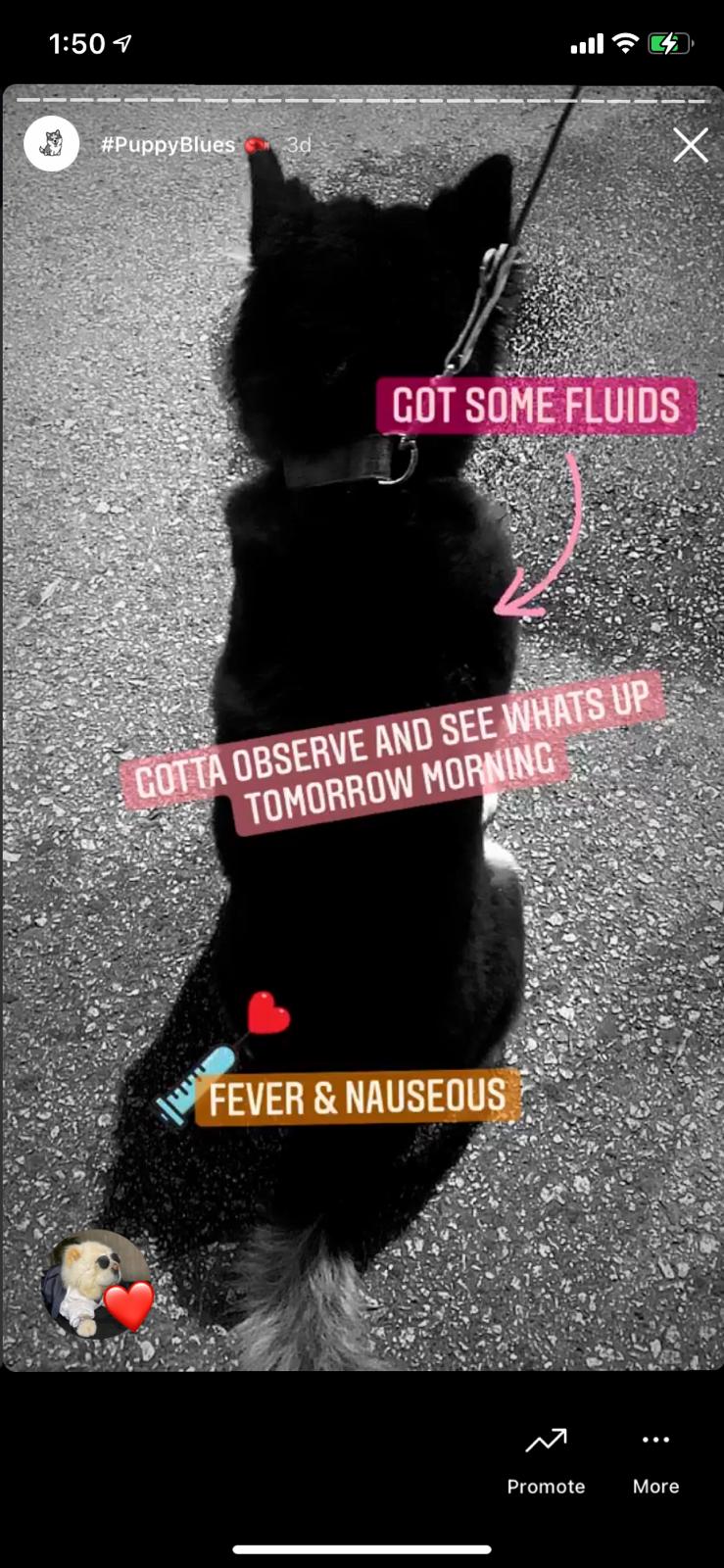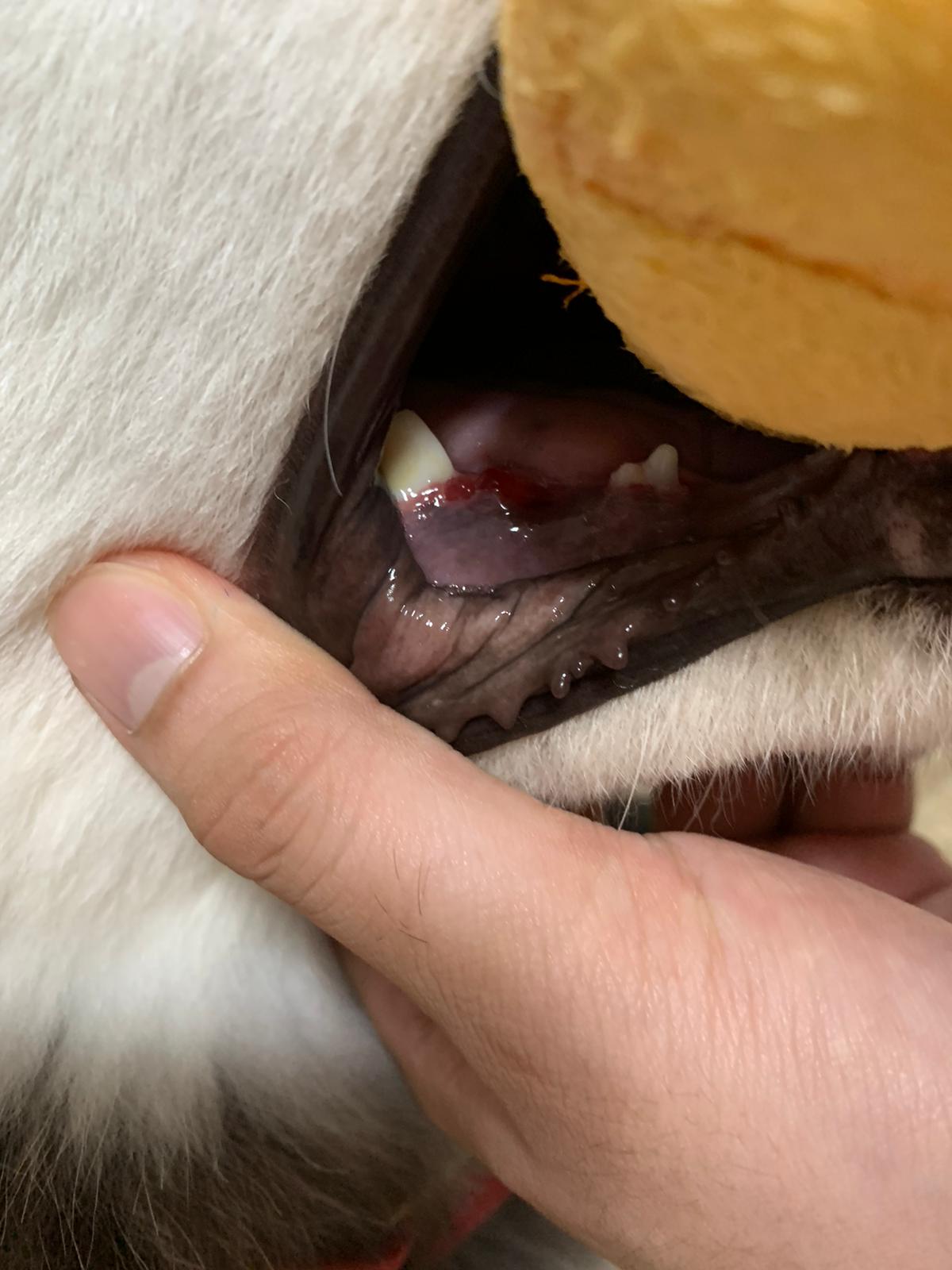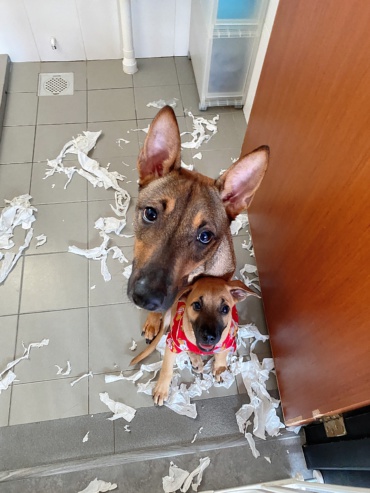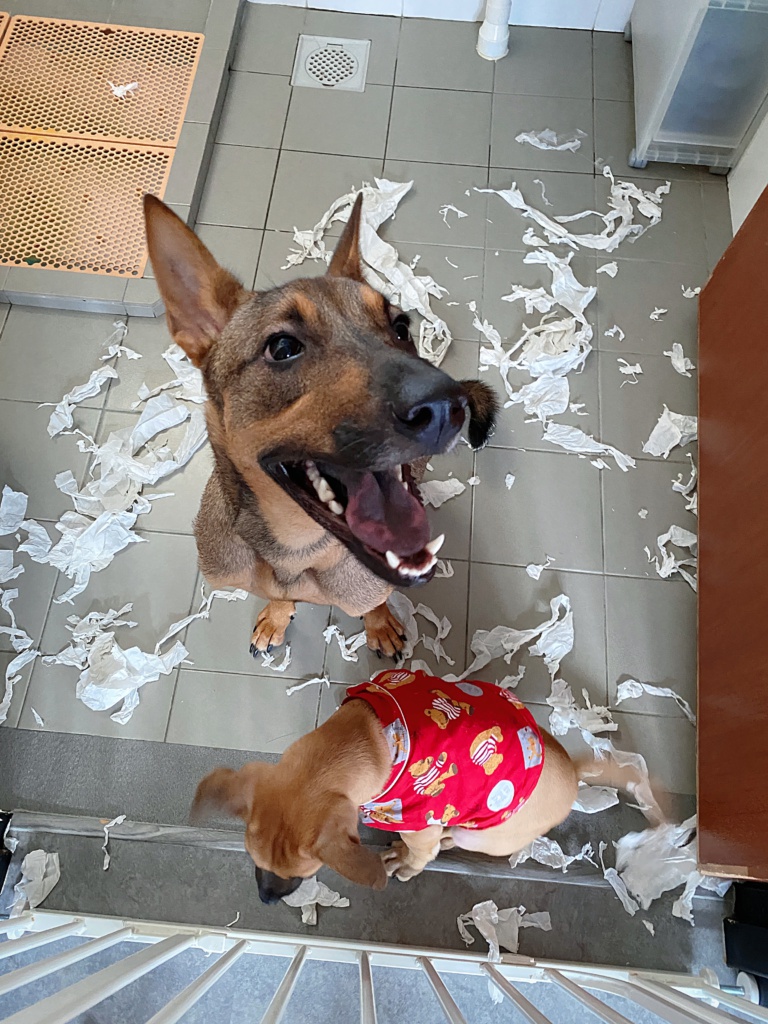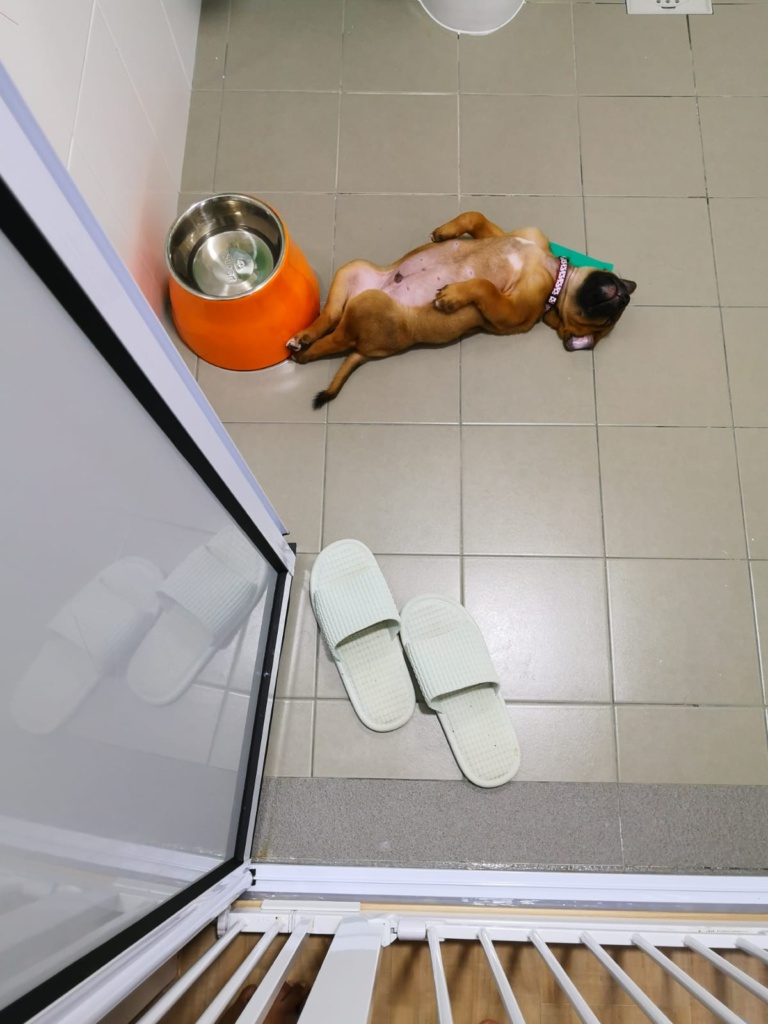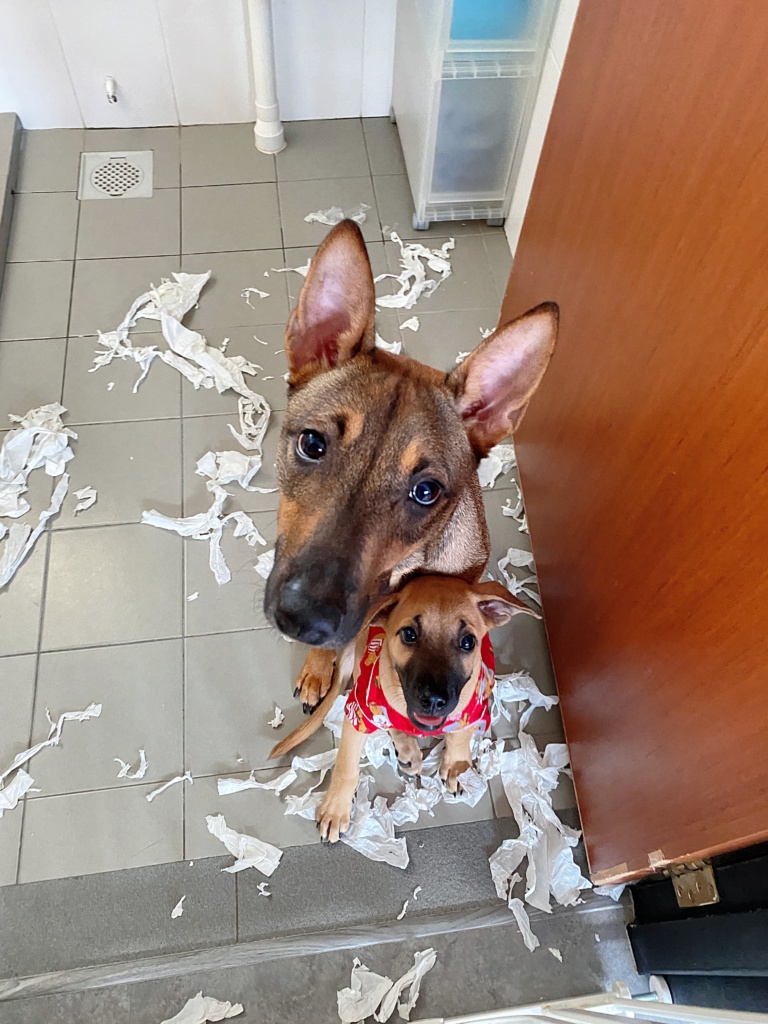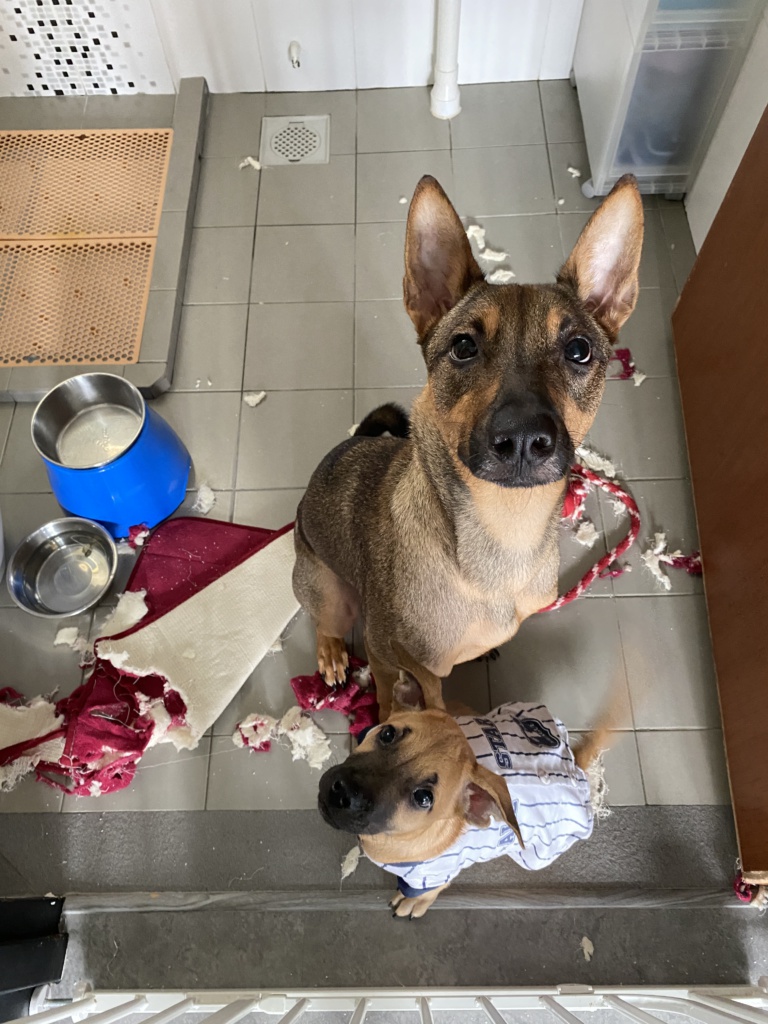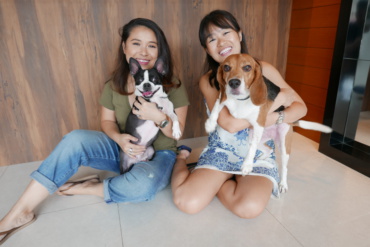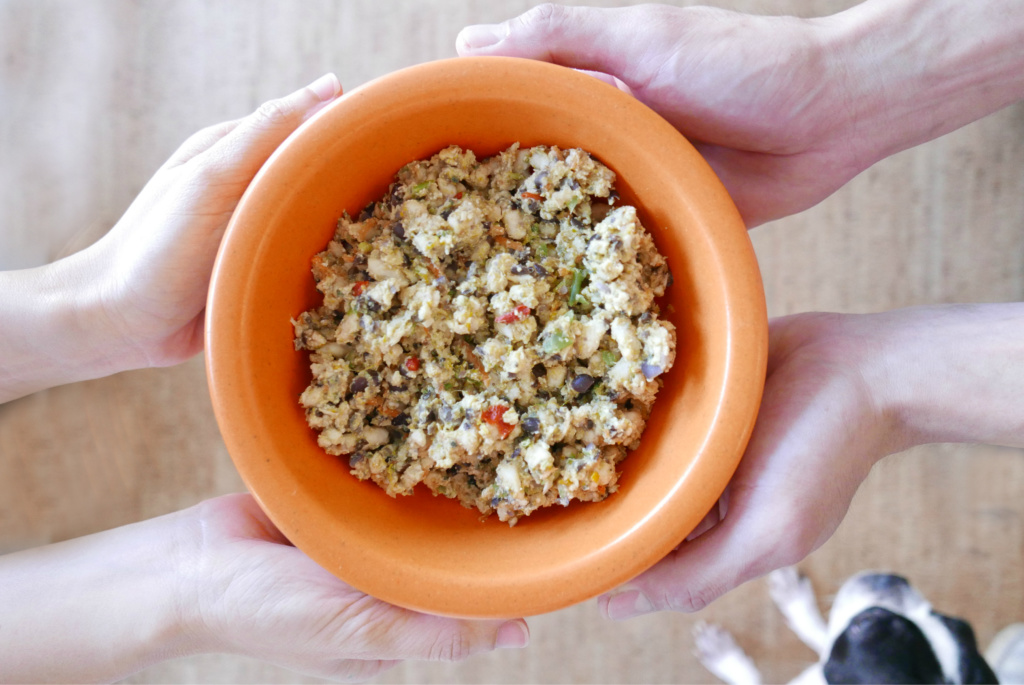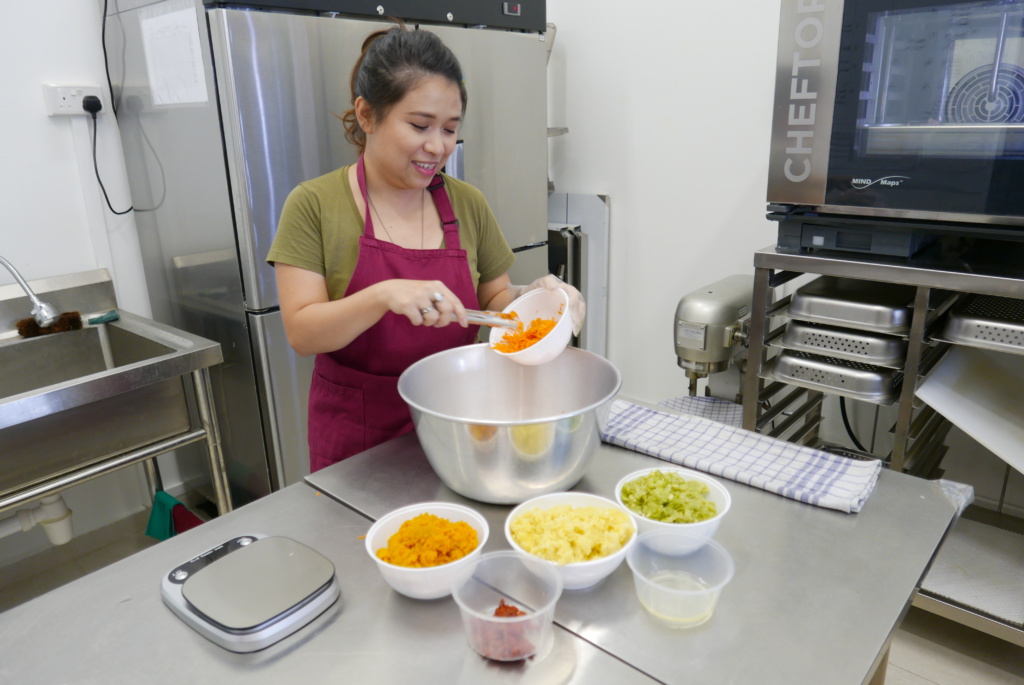Article originally published on SitStay. Refer to the original article here. Article written by Dr Erica Irish.
Two of my four dogs suffer from severe allergies from both food and environment, so I am familiar with how frustrating it is to deal with this issue.
The good news is that there are many more foods and treats to choose from than what was available 15 years ago when Sophie was first diagnosed.
What are Food Allergies for Dogs?
According to VCA, food allergies are the most common form of allergies for dogs. When a dog suffers from allergies, the immune system reacts to foreign substances in the body that does not usually cause a reaction in other dogs.
When your dog’s body identifies a foreign substance, it reacts by creating antibodies to take care of the issue. The result of your dog consuming food they are allergic to can manifest in various uncomfortable ways such as skin irritation, GI upset, ear infections, and more.
Symptoms of a Food Allergy
There are numerous symptoms that you may notice in your dog. Food allergies often manifest in skin issues, though GI issues can occur too but usually only 20% of the time.
Not all dogs react the same way, but many have one or more of the following symptoms:
- Anaphylactic Shock
- Rubbing their face
- Itchy rear-end
- Discoloration of hair on legs from licking
- Swelling of the lips, face, or ears
- Itchy Irritated Skin
- Inflamed skin
- Rashes
- Itchy Ears
- Itchy Runny Eyes
- Hair Loss
- Excessive Drooling
- Flatulence
- Excessive Licking
- GI Upset such as Vomiting and Diarrhea
- Stomach Pains
- Sneezing
In addition to the primary symptoms, food allergies that go untreated may result in other health issues, such as:
- Hot Spots
- Yeast Infections
- Chronic Ear Infections
- Chronic Anal Gland Issues
- Skin Infections
- Skin sores
- Irritable Bowel Disease
Common Foods that Dogs are Allergic to
Though dogs can be allergic to any food, some foods are more likely to cause an allergic reaction than others:
- Beef
- Chicken
- Lamb
- Pork
- Dairy
- Soy
- Eggs
- Gluten
- Corn
- Wheat
- Rice
- Oats
Many dogs that suffer from food allergies are often allergic to more than one thing.
Does Your Dog Have a Food Allergy
If your dog is experiencing any of the symptoms listed above, you should consult your veterinarian. Your veterinarian can help diagnose if your dog has allergies, but you may be referred to a dermatologist for more specific care in more severe cases.
Often when dog owners bring their dogs into the vet due to suspected allergies, they will notice signs of their dog being excessively itchy, causing them to scratch their ears or chew on their front legs.
If your vet believes that it is a food allergy, they will request you put your dog on a strict elimination diet to rid your dog’s body of the allergens currently causing inflammation. Most vets will recommend your dog stay on a restricted diet for 8-12 weeks.
If your dog’s symptoms resolve, you will know that food is the cause of your dog’s discomfort.
Pet insurance can also help cover the costs of allergy testing and shots if prescribed by your veterinarian.
Dog Breeds Most Likely to Have Food Allergies
Like many health conditions, food allergies can be hereditary, and some breeds tend to be more prone to have food allergies than others. However, food allergies can affect any dog, regardless of breed.
Based on the Merck Veterinary Manual, breeds most likely to have issues with food allergies are:
- Golden Retriever
- Labrador Retrievers
- Chinese Shar-Pei
- Boston Terriers
- Lhasa Apsos
- Wirehaired Fox Terriers
- Dalmatians
- Boxers
- Scottish Terriers
- Shih Tzus
- Westies
Food Allergy vs. Food Sensitivity
Though in this article, we use the term “food allergy,” many of the dogs with this diagnosis often have a food sensitivity or intolerance rather than an actual allergy. The two issues have similar symptoms and are treated the same.
True food allergies cause an immune system response, whereas food sensitivity does not. Also, unlike allergies, food sensitivities occur over time and come on gradually. The most significant difference between an allergy and intolerance is that allergic reactions are usually more severe and can be life-threatening.
Treating Dog Food Allergies
After determining your dog has food allergies, you will want to change their diet to a hypoallergenic food; this means more than just swapping brands. Your vet will often recommend different options, including protein and carbohydrate choices, as well as brands that specialize in this.
You must read the full ingredient list; if a label states turkey and rice, it does not mean that it will not contain other ingredients such as beef, chicken, wheat, etc.
Additionally, your vet may also suggest putting them on a prescription diet. Prescription diets are formulated to reduce the allergen levels in the food to the point that your dog will not react yet still receive the proper nutrition.
The benefit of a prescription diet is it has grains and proteins that your dog needs to maintain a healthy lifestyle. However, prescription diets can be costly.
In more severe food allergy issues, they may recommend prescription medications such as
Cyclosporine, Apoquel, or Cytopoint.
Living with a Dog who has Food Allergies
Being a dog parent of two dogs with allergies, I understand the frustrations of this issue. Sophie and Calvin are allergic to all grains, chicken, beef, and soy. Thankfully, there are numerous unique protein options available:
- Venison
- Alligator
- Kangaroo
- Elk
- Rabbit
However, after the food elimination trial, you can attempt to add some foods back into your dog’s diet to see which allergens impact your pup. When testing different foods, be sure only to try one at a time, and allow for 8-12 weeks between tests.
It is vital that you keep your pup on a strict diet to avoid adverse reactions, which means that even the treats you feed your dog must also be hypoallergenic. Even the smallest amount of foods your dog is allergic to can have significant consequences and cause your food trial to reset.
Though food allergies are a pain to deal with, they are manageable. Plus, once you determine the foods that impact your dog, it is quite a bit easier to navigate the pet food aisles. And, when you know what your dog is allergic to, you will be surprised at how many choices are truly out there and how much their health improves.
